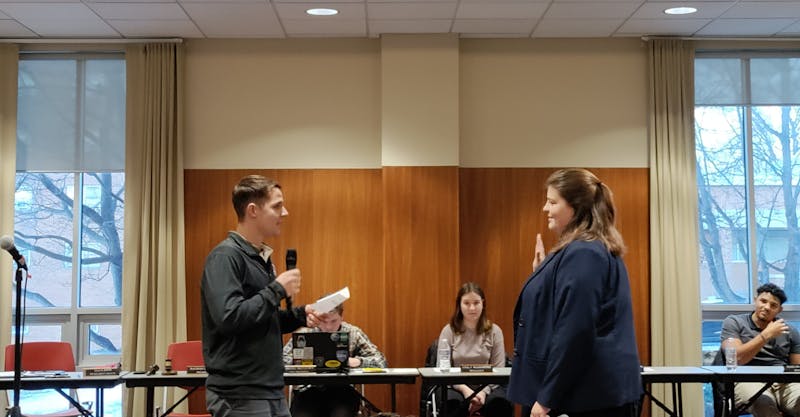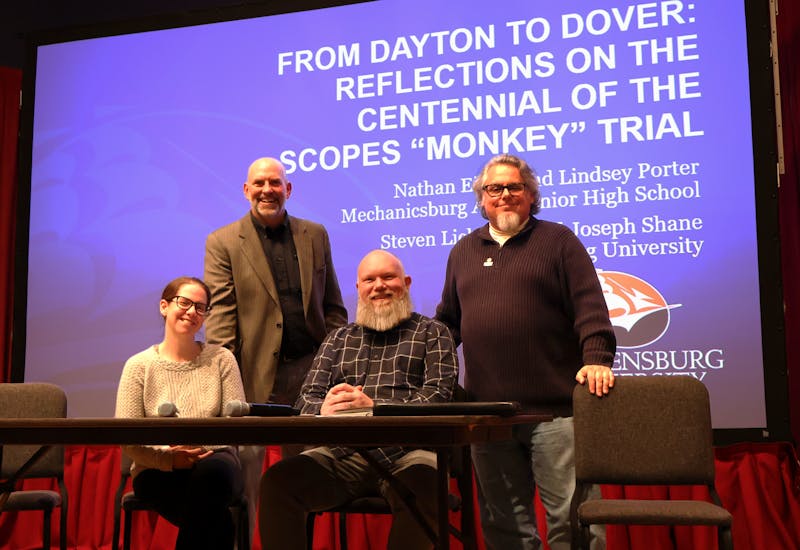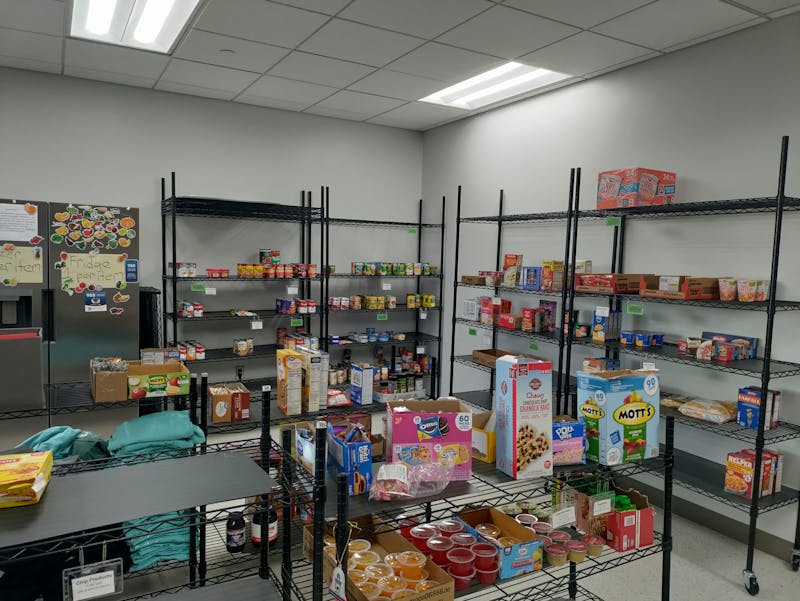Responding to SU students’ desire to create a sustainable and eco-friendly campus, the Facilities Management and Planning Department plans to begin the construction of a new heating and cooling system.
After eight years of discussion, the department has developed a project that will reduce SU’s carbon footprint by nearly 40 percent while saving several million dollars in the construction process.
In 2005, when many of SU’s students were starting high school, the Facilities Management and Planning Department began to consider the replacement of the campus’ coal-fired steam plant.
Currently, this plant pumps steam through the ground at more than 300 degrees to provide heat to the campus. After burning coal for more than 50 years, the steam plant is to be replaced by a neighborhood-based natural gas system. The water being distributed through the pipes will flow at approximately 180 degrees, which will reduce the number of leaks.
“With the decentralized heating system, we’ll be saving several million dollars in construction costs” Lance Bryson, associate vice president of facilities said.
Bill Lensie, maintenance director; Ricky Hosfelt, steam plant foreman; and Eddie Gutshall, HVAC foreman, also helped with the planning of the project.
During the planning stages of the project, students and members of the Environment Steering Committee expressed their concerns regarding the “greening” of the university. Some members participated in carbon footprint calculation efforts while the Facilities Management and Planning Department hired consultants to conduct economic studies.
“Existing conditions were evaluated and alternatives identified and costed out considering capital construction, energy, and life cycle costs,” Bryson said.
As a result of these efforts, by October 2014 boilers will be distributing heat at a much higher efficiency in Memorial Auditorium, Franklin Science Center, Kriner Hall, CUB, Luhrs Performing Arts Center, Reisner Hall, and Mowery Hall. The university will build boilers for Naugle Hall and McLean Hall I in the future.
In order to keep SU cool during the hot months, a plant for the new cooling system will be built with a thermal energy storage tank to allow water to be chilled at night when electricity costs are lower. This system will contribute to eight percent of the carbon footprint reduction.
The plant will be located in the woods across the street from Naugle Hall, to the left of the Spiritual Center. Paths that steam lines are currently in will be dug up for the chilled water distribution system. The water running through the pipes will be approximately 45 degrees. Construction for the new cooling system should be completed by April 2015.
The new heating and cooling systems should last for 25 years with the proper maintenance. The efficiency of the enhanced systems is expected to reduce repairs.
Led by the project manager, Bruce Herring, the Department of General Services is expected to begin construction this January. Funds for this project will be coming from the Commonwealth Capital Facilities budget. By choosing to pursue an eco-friendly enhancement to the heating and cooling system, the department will save $300,000 annually and reduce staff by six people, allowing for funds to benefit other university needs.
The project is considered LEED (Leadership in Energy and Environmental Design) certifiable, meaning that the construction plans exhibit high-performance design and principles of smart growth while creating a positive effect on the environment.
In order to educate the SU community about the enhancements to the campus, the department plans to advertise the project by meeting with faculty, the Student Senate, and holding public meetings on campus.




The Slate welcomes thoughtful discussion on all of our stories, but please keep comments civil and on-topic. Read our full guidelines here.